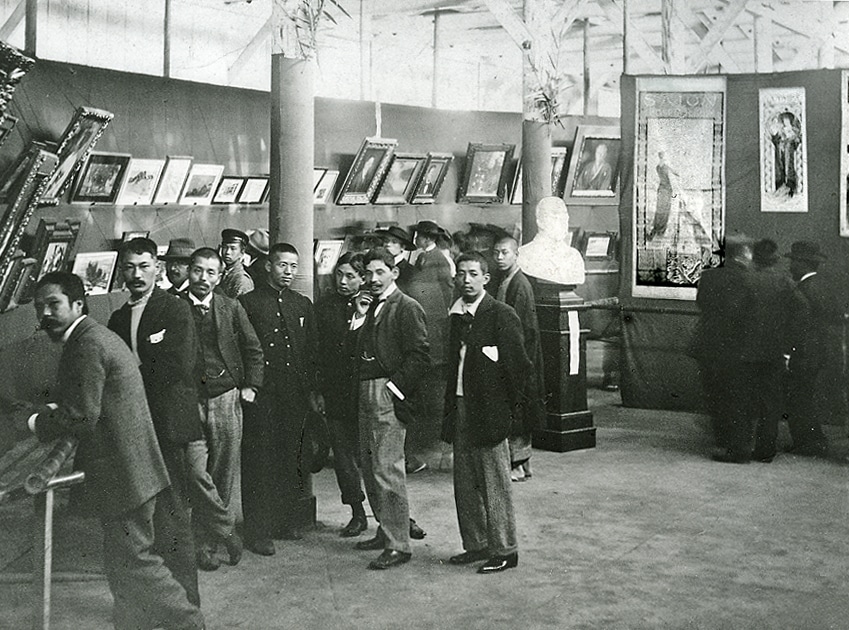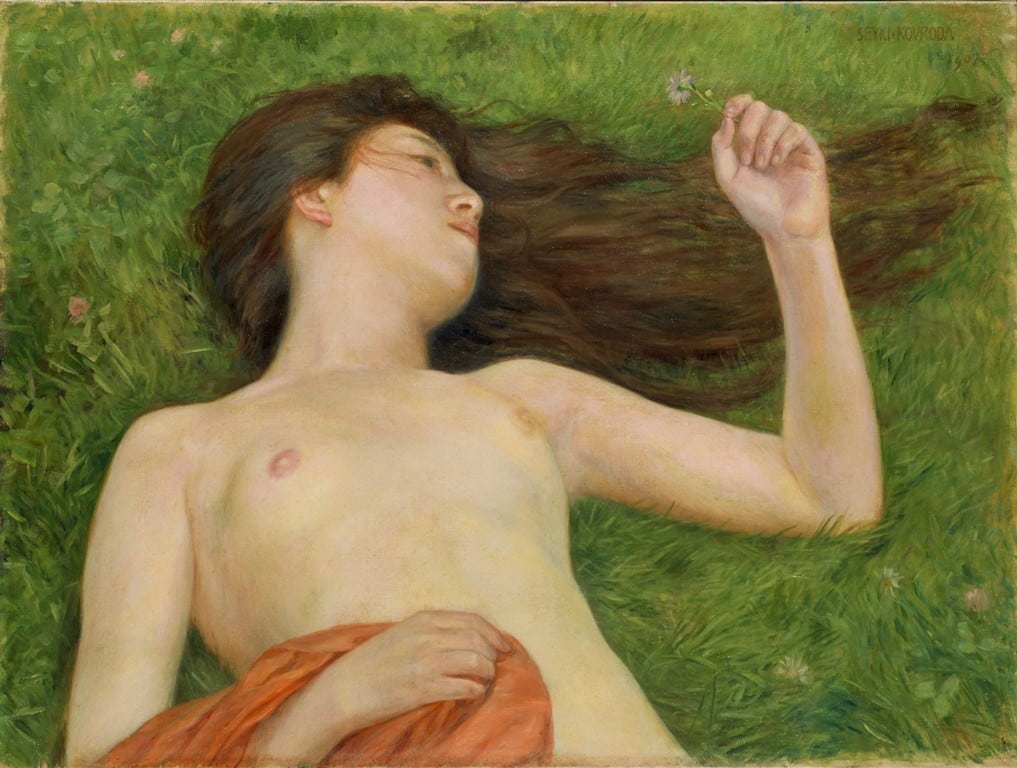Lifestyles
Google Doodle Celebrates 156th Birthday of Seiki Kuroda
Yesterday Google Doodle celebrated the 156th birthday of Japanese artist and teacher Seiki Kuroda. He was born on 9 August 1866.
Seiki Kuroda introduced western art theory to Japan, and he has become known as the father of Western-style painting. As one of Japan’s greatest artists, he was very influential during the late 19th and early 20th centuries.
His birthplace was Takamibaba in Satsuma Domain, the present-day Kagoshima Prefecture.
His father was a samurai of the Shimazu clan, but at birth, he was adopted as his uncle’s heir and moved to Tokyo with him. During the imperial period, his uncle Kuroda Kiyotsuna held high government positions. When Kuroda was young, he was made a viscount.
At the age of 18, Kuroda travelled to Paris to study law, but in 1886 he met the painters Yamamoto Hosui and Fuji Masazo, as well as art dealer Tadamasa Hayashi, and they convinced him to take up painting full time.
In 1893, Kuroda returned to Japan after spending a decade learning how to paint in the Western academic style.
The first nude painting to be shown publicly in Japan was the one he brought with him called “Morning Toilette”. Sadly, it was destroyed during World War II.
Seiki Kuroda Founded the Hakuba-Kai
In addition to establishing a Western painting school called Tenshin Dojo, Kuroda also introduced Plein-air painting.
It was in 1886 that he founded the Japanese yoga and painting group, Hakuba-kai (White Horse Society). In addition, he was invited to teach Western Painting at the Tokyo School of Fine Arts.
Despite Japanese audiences being shocked by Kuroda’s Western style, his classes were very popular, especially among younger people.
Seiki Kuroda refined his teaching style and incorporated more Japanese sensibilities throughout the years.
At the Imperial Court, he received the appointment of court painter in 1910. In 1917, after the death of his uncle, he was appointed vice president of the Imperial Art Academy.
Kuroda was then elected into Japan’s new aristocratic social class during the Meiji Era, the house of peers, or Kizoku-in.
Kuroda’s “Academic Impressionism”
The last years of his life were spent more in politics until his death on 15 July 1924 at the age of 57. The Japanese government gave Seiki Kuroda the Order of the Rising Sun immediately after his death.
Today, his influence continues to be felt around the world thanks to the work he produced and the lessons he taught.
A long-lasting predominance of Kuroda’s “academic impressionism” style paved the way for decades for Western-style art training in Japan.
However, Kuroda’s greatest contribution to Japanese culture was the broader acceptance of Western-style painting he instilled in the Japanese public.
Kuroda’s most famous works include “Lakeside” (1897), “Maiko” (1893), “Woman Holding a Mandolin” (1891) and “The Fields” (1907).
“Maiko” and “Lakeside” have both been turned into commemorative stamps in Japan.
His works can be found in countless museums and galleries, such as the Artizon Museum in Tokyo and the Kuroda Memorial Hall within the Tokyo National Museum.
Source: iNews





























